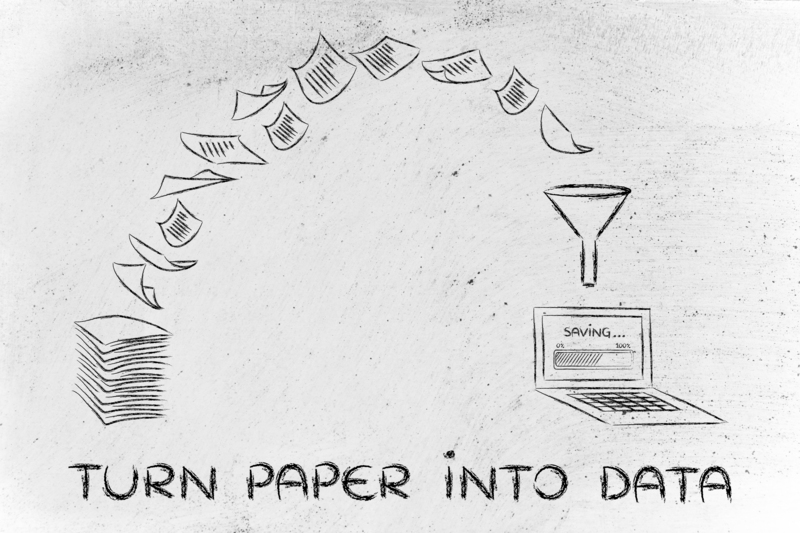
From Waste to Wear: Recycling Clothes Successfully
The fashion industry is a double-edged sword: while it drives creativity and self-expression, it also generates a massive environmental footprint. As closets overflow and consumption habits evolve, the need for recycling clothes successfully becomes more paramount than ever. Join us as we navigate the journey of transforming textile waste into wearable treasures, providing you with actionable ways to make sustainable fashion choices.
- Why Clothing Recycling Matters
- How Does Textile Recycling Work?
- Key Benefits of Clothing Recycling
- 7 Effective Ways to Recycle Clothes Successfully
- Challenges in Textile Recycling
- Tips for Making Your Clothes Last Longer
- The Future of Fashion: Closing the Clothing Loop
- Conclusion
Why Clothing Recycling Matters
Every year, over 92 million tonnes of textile waste end up in landfills worldwide. The fashion supply chain, from crop cultivation to garment production and retail, uses substantial water, chemicals, and energy. Most discarded clothing is not biodegradable, contributing to greenhouse gas emissions and microplastic pollution.
Recycling clothes is not just an environmental concern -- it's about preserving resources, reducing pollutants, and supporting ethical consumption.
- Saves landfill space and reduces waste accumulation
- Prevents environmental pollution from synthetic fibres and dyes
- Conserves water and energy used in producing new textiles
- Promotes a circular fashion economy that values sustainability
- Provides affordable clothing to underserved communities
How Does Textile Recycling Work?
Clothing recycling involves multiple stages to ensure that discarded garments aren't wasted but reborn in new forms. The process can be divided into two major types: mechanical recycling and chemical recycling.
1. Mechanical Recycling
In mechanical recycling, textiles are sorted, cleaned, and shredded back into fibres. These reclaimed fibres can be respun into yarn and woven into new fabrics. This method is commonly used for cotton, wool, and denim.
2. Chemical Recycling
Chemical recycling breaks down synthetic fibres -- such as polyester or nylon -- into their basic chemical components. These components are then purified and re-polymerized to create new fibres with properties close to virgin materials.
Textile recycling can also include upcycling -- creatively transforming old garments into products with higher value, such as accessories, home decor, or new fashion items.
Key Benefits of Clothing Recycling
- Reduces environmental impact: By recycling clothing, resources like water, land, and fossil fuels are conserved.
- Creates economic opportunities: The growth of the textile recycling industry yields green jobs and new business models.
- Encourages sustainable consumption: Buying recycled or upcycled clothing sends a strong message to manufacturers for change.
- Helps communities in need: Donated clothes offer support to disaster victims and low-income families.
- Fosters innovation in fashion: Designers are incorporating recycled fibres, creating eco-friendly clothing lines.
7 Effective Ways to Recycle Clothes Successfully
Ready to shift your habits from wasteful to sustainable? Here are seven actionable, real-world ways to ensure your clothing gets a second chance -- from waste to wear:
-
Donate Gently Used Clothing
- Give wearable items to local charities, organisations, or shelters.
- Avoid donating heavily soiled, damaged or mildewed garments -- these are unlikely to be reused.
-
Sell or Swap Your Clothes
- Utilise platforms such as Depop, Poshmark, or local consignment shops.
- Participate in clothing swap events to exchange fashion with others in your community.
-
Drop Off for Textile Recycling
- Many retailers and municipal programs have clothing drop-off bins for items unsuitable for reuse.
- Search for textile recycling bins or service providers in your area; some brands (H&M, Levi's) offer in-store recycling.
-
Upcycle into New Products
- Turn old t-shirts into cleaning rags, tote bags, or quilts.
- Get creative with do-it-yourself fashion projects--patchwork, embroidery, or fabric crafts.
-
Repurpose as Industrial Material
- Worn-out garments can become insulation, car seat stuffing, or soundproofing materials.
-
Engage with Brands Offering Take-Back Schemes
- Many global apparel companies now accept old garments for recycling and may offer discounts in return.
-
Support Fashion Made from Recycled Fibres
- Purchase products made from recycled cotton, PET, or blended fibres to close the loop and reduce demand for virgin resources.
Challenges in Textile Recycling
Despite the benefits, clothing recycling faces notable hurdles:
- Mixed materials: Many garments are blends of cotton, polyester, elastane, etc., making separation for recycling difficult.
- Poor clothing quality: Fast fashion's focus on disposable items leads to lower-quality textiles that are harder to recycle.
- Lack of infrastructure: Many regions lack accessible textile collection and recycling facilities.
- Consumer awareness: People often lack knowledge about where and how to recycle clothes responsibly.
- Contamination: Clothes with stains, odours, or embellishments can disrupt recycling processes.
Solving these challenges requires innovation in material science, expanded collection schemes, and increased consumer education about recycling old clothes successfully.
Tips for Making Your Clothes Last Longer
One of the greenest approaches to clothing recycling begins with caring for your wardrobe:
- Launder mindfully: Wash garments only as needed, use cold water, and avoid over-drying.
- Repair before discarding: Sew minor rips, replace buttons, and fix hems.
- Store clothes properly: Fold knits, hang delicates, and keep your wardrobe cool and dry.
- Shop consciously: Invest in high-quality, timeless pieces rather than trendy, short-lived styles.
- Rotate your clothing: Wearing all items in your closet ensures nothing is forgotten or wasted.
- Read garment care labels: Follow instructions for best longevity and to avoid premature wear.
The Future of Fashion: Closing the Clothing Loop
The movement from waste to wear is gaining momentum. Advances in fabric recycling technology, such as enzymatic textile separation, digital sorting, and blockchain traceability, are making it possible to recycle more complex materials efficiently.
Global brands are investing in circular business models -- offering leasing, subscription wardrobes, and 'design for recycling' approaches, which prioritize recyclability from the start. Importantly, emerging legislation is holding producers accountable for their post-consumer waste.
As consumers: our collective choices -- from purchasing to disposal -- will continue to drive industry transformation. Embracing a mindset of reduce, reuse, recycle is essential to build a truly sustainable, circular fashion world.
Spotlight: Notable Initiatives in Textile Recycling
- Worn Again Technologies: Specializing in advanced chemical recycling to turn end-of-use clothing into new textiles.
- Renewcell: Converts clothing waste into Circulose(R), a biodegradable, high-quality cellulose pulp used for new fashion products.
- Patagonia's Worn Wear: A program dedicated to repairing, repurposing, and reselling pre-loved outdoor gear.
These trailblazers are setting the stage for the global shift from wasteful to circular fashion cycles.
Conclusion
The journey from waste to wear is not just a slogan, but a critical mission for the fashion-conscious, eco-minded individual. Recycling clothes successfully means not only giving new life to old garments but also embracing a new way of thinking -- one that values durability, creativity, and responsibility.
Whether you're cleaning out your closet, seeking out recycled fashion, or challenging industry norms, every effort counts. By adopting the strategies outlined above, you can be part of the movement that ensures the clothes we wear today never become tomorrow's waste.
In summary, recycling clothes successfully is crucial for environmental protection, resource conservation, and sustainable living. As textile recycling technologies improve and global awareness grows, together we can transform fashion's environmental record -- turning yesterday's waste into tomorrow's wear.
